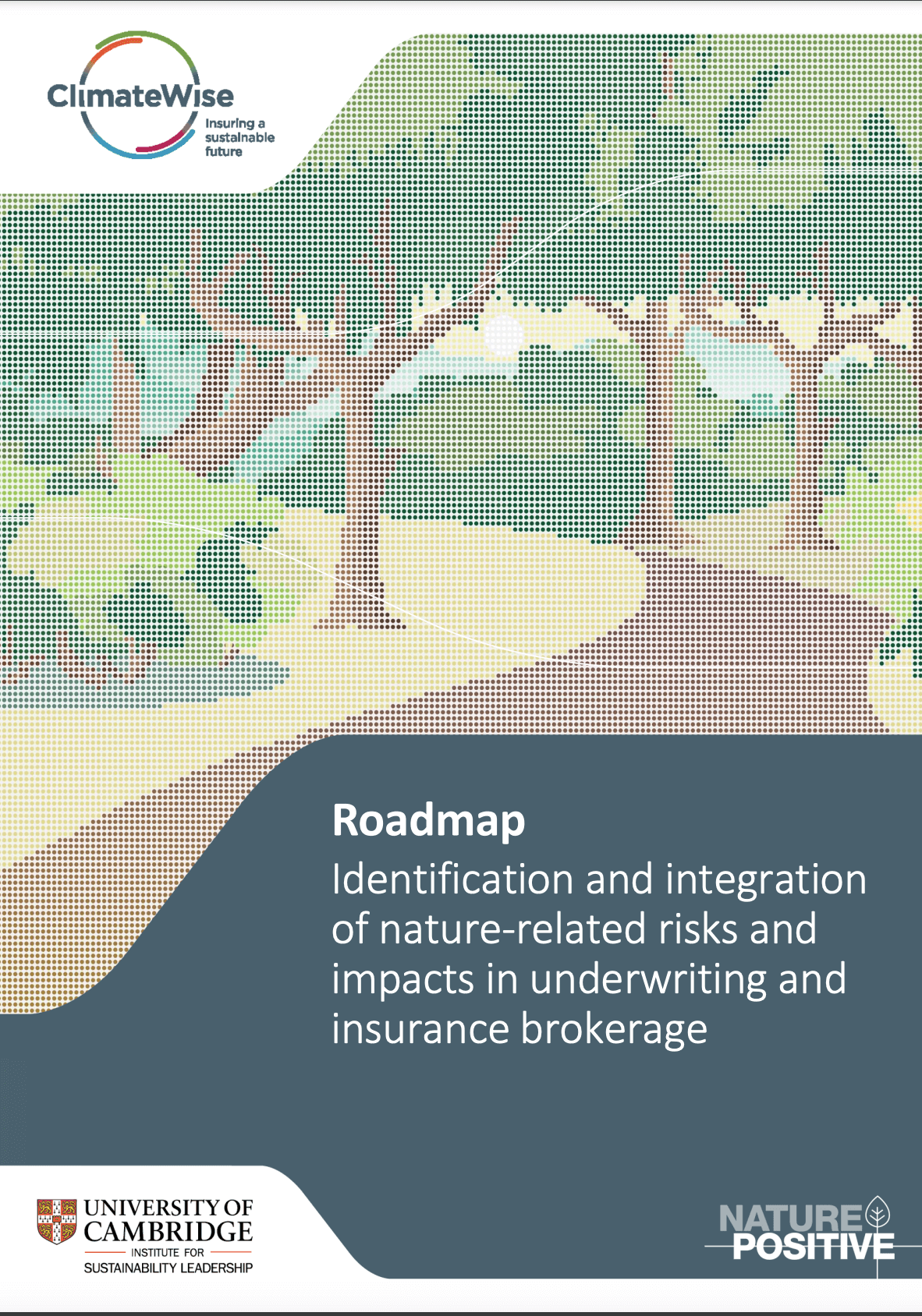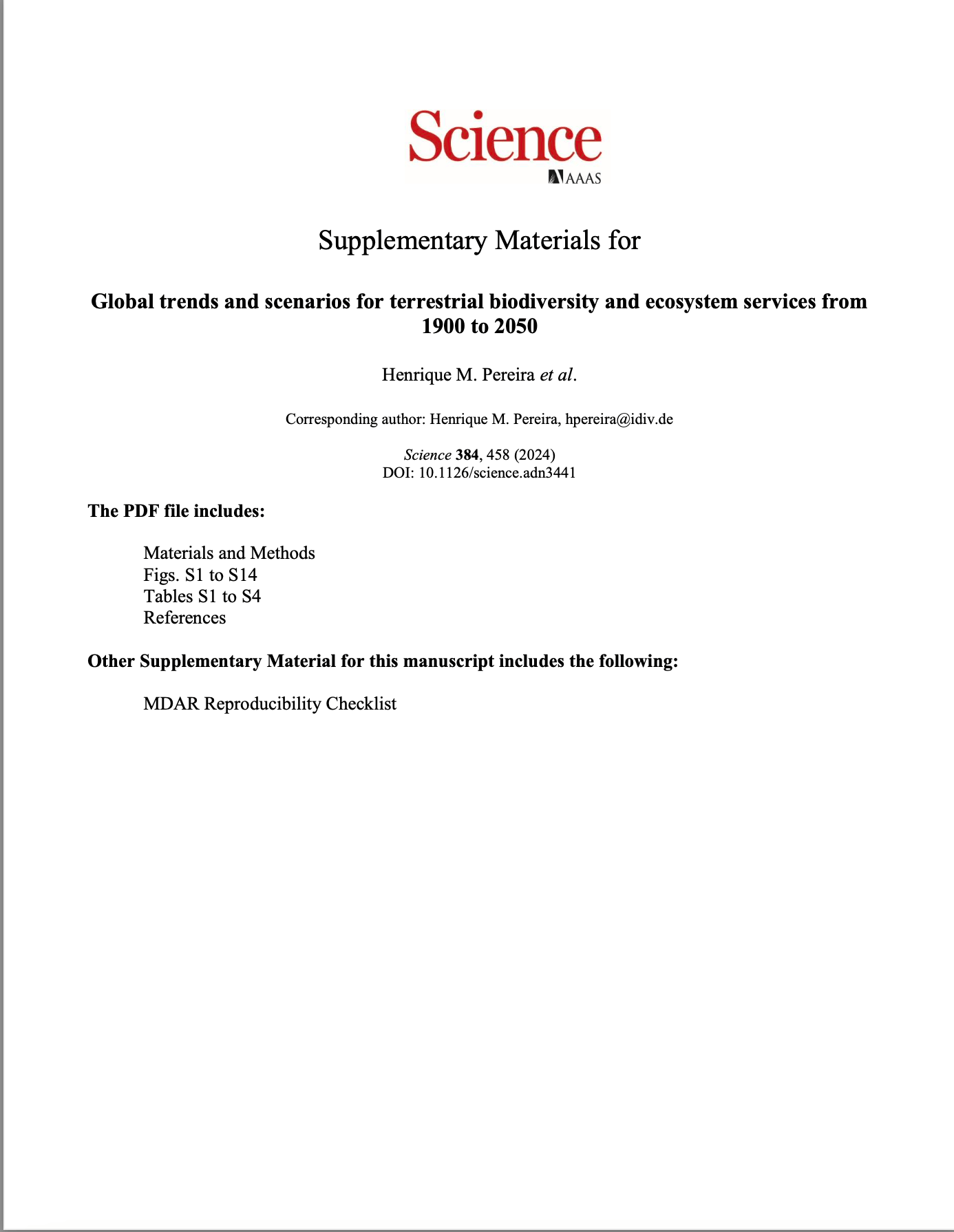Guide for adaptation and resilience finance
Detalles
| The Adaptation and Resilience Finance Guide includes a practical roadmap for financing and more than 100 activities that can be invested in, such as climate-resilient crops, investment in public hospital infrastructure, and mangrove conservation and replanting. Mobilizing finance for adaptation and resilience – and helping investors, banks and other financial institutions take these issues into account in financial decision-making – requires understanding and recognising investment potential. This guidance is intended to provide confidence to investors looking to allocate capital to adaptation projects, as well as companies looking to raise capital for products, solutions, or other investment opportunities in adaptation and resilience. More than 20 leading financial institutions, multilateral development banks and NGOs have collaborated on the development of the guide and agree on the urgent need to take a step forward in mobilizing finance for adaptation and resilience. The publication: - Establishes a common baseline for adaptation and resilience along with a list of bankable adaptation and resilience themes and activities, forming a classification framework. - Simplifies the decision-making process when financing adaptation and resilience through principles and guidance based on the latest definitions and best practice frameworks. - Identifies priority investments and their co-benefits, including reducing emissions and protecting and conserving nature, along with adaptation and resilience benefits. The guide includes more than 100 investable activities in adaptation and resilience, including: climate-resilient crops, vertical farming, natural flood protection, conservation and water efficiency measures, investment in public hospital infrastructure, renewable energy storage solutions, and mangrove conservation and replanting. The document also includes indicators to assess the impact of a specific investment on adaptation and resilience. |
Recursos relacionados

Roadmap: Identification and integration of nature-related risks and impacts in underwriting and insurance brokerage
The insurance and reinsurance sector can play a critical and differential role in identifying and quantifying nature losses, developing solutions…

ESRS–ISSB Standards. Interoperability Guidance
IFRS and EFRAG have published guidance material to illustrate the high degree of alignment achieved between the International Sustainability Standards…

Global trends and scenarios for terrestrial biodiversity and ecosystem services from 1900 to 2050
Based on a broad intercomparison of models, the authors of this publication assess trends in biodiversity and ecosystem services from…


